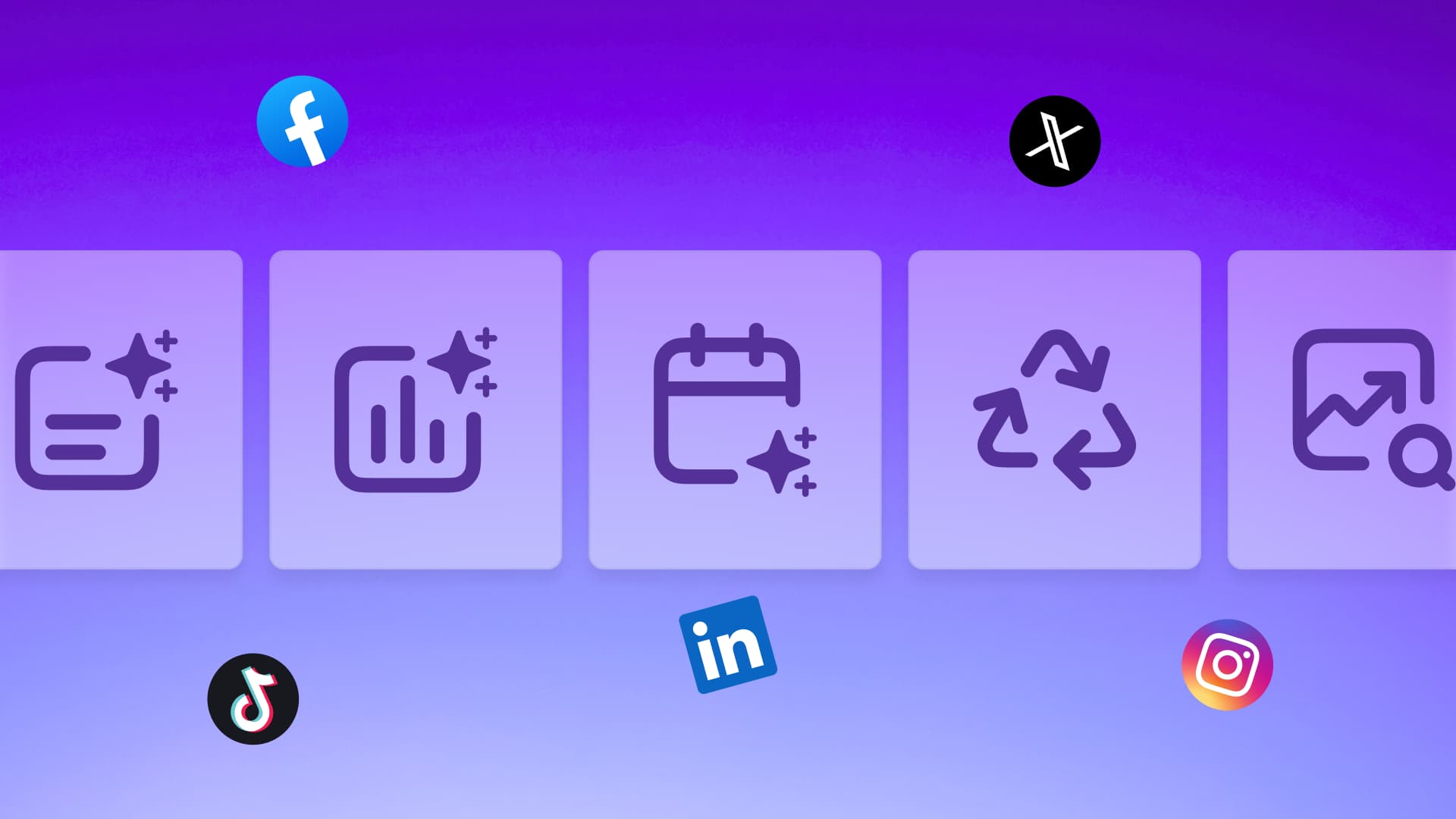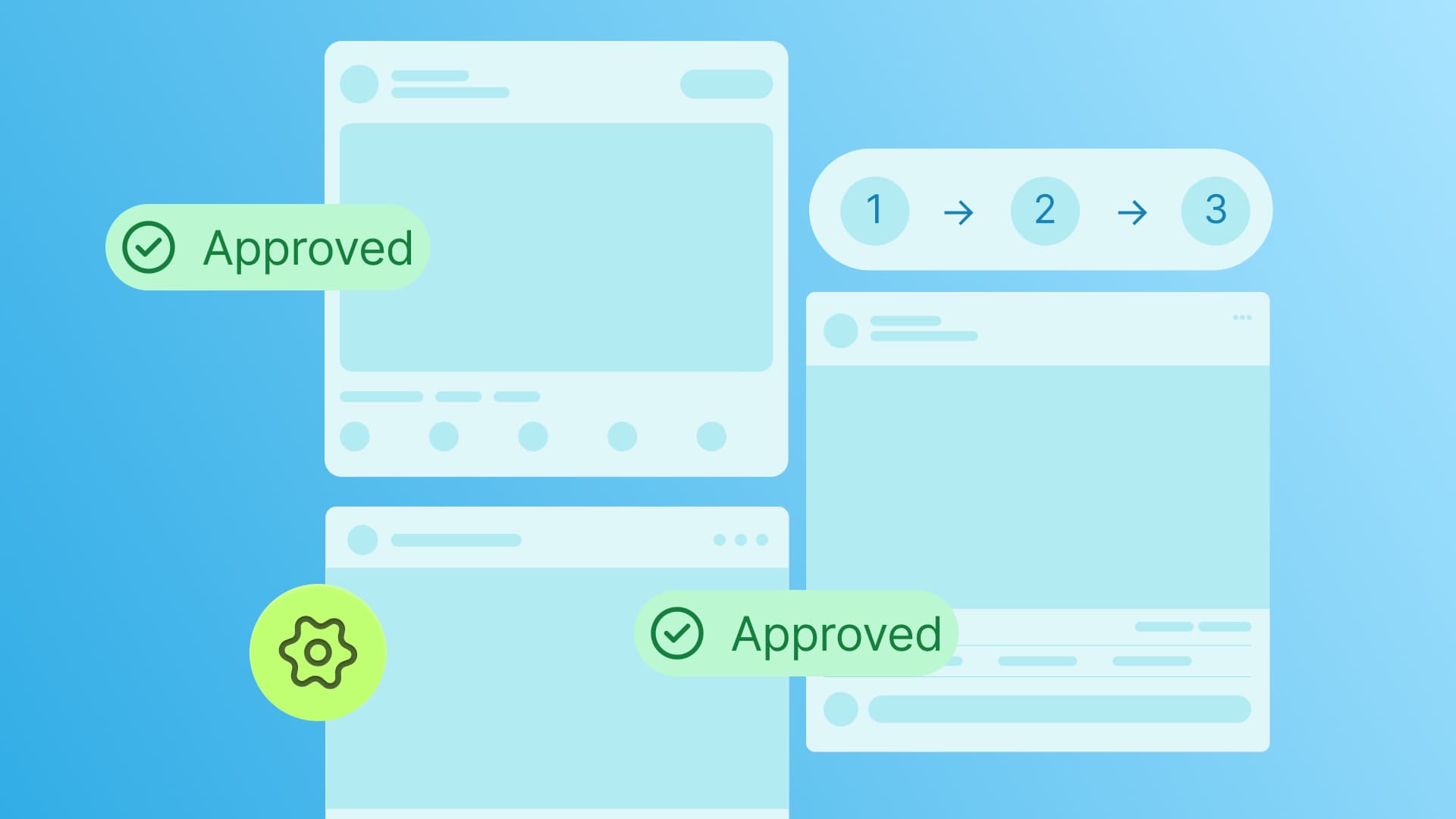New
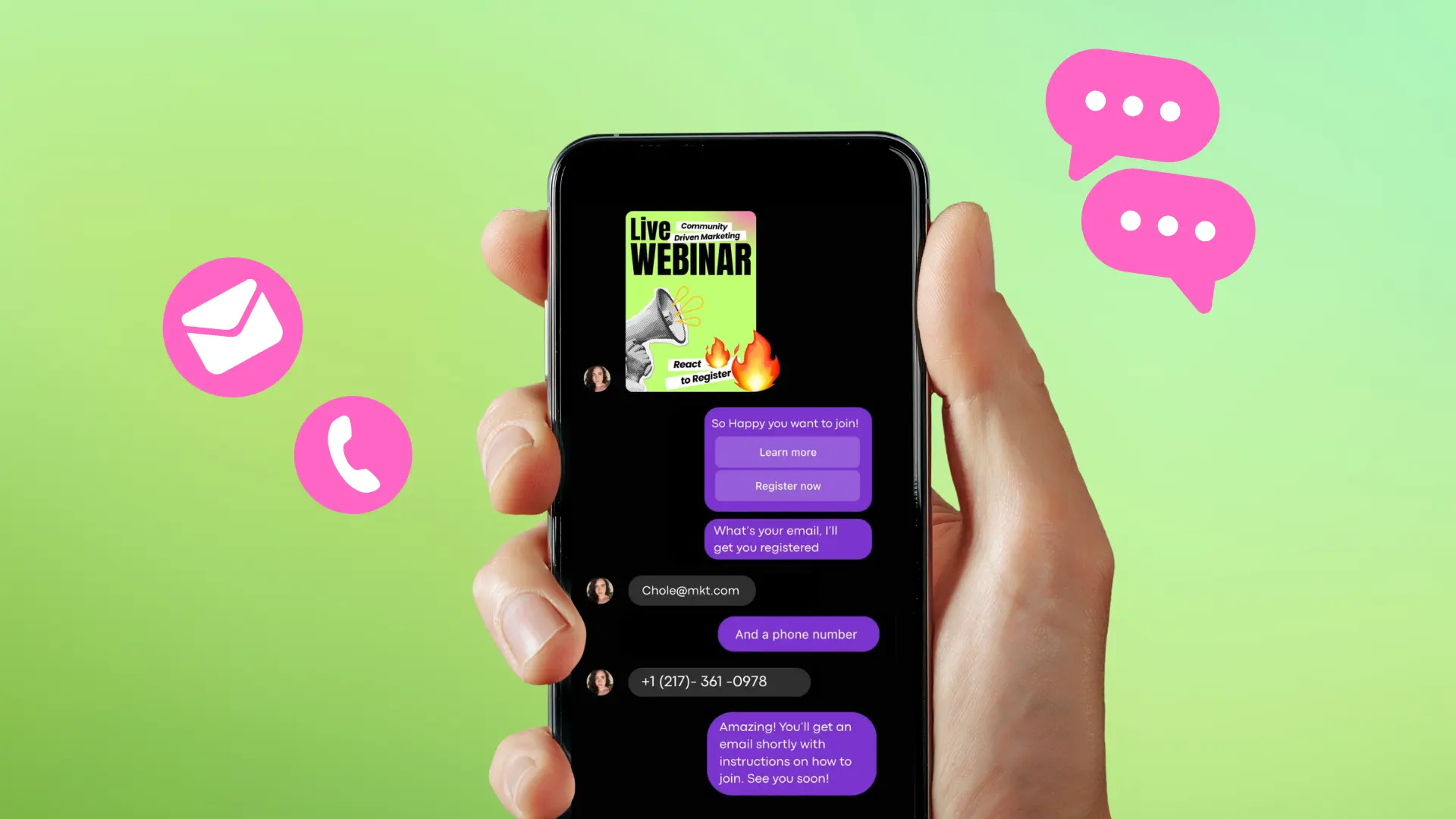
Turn Your DMs Into Lead Gen!
Learn how to collect lead data from your DMs such as email addresses, phone numbers, and more right from your social inbox. If you are not yet automating your DMs your competitors are outpacing you.
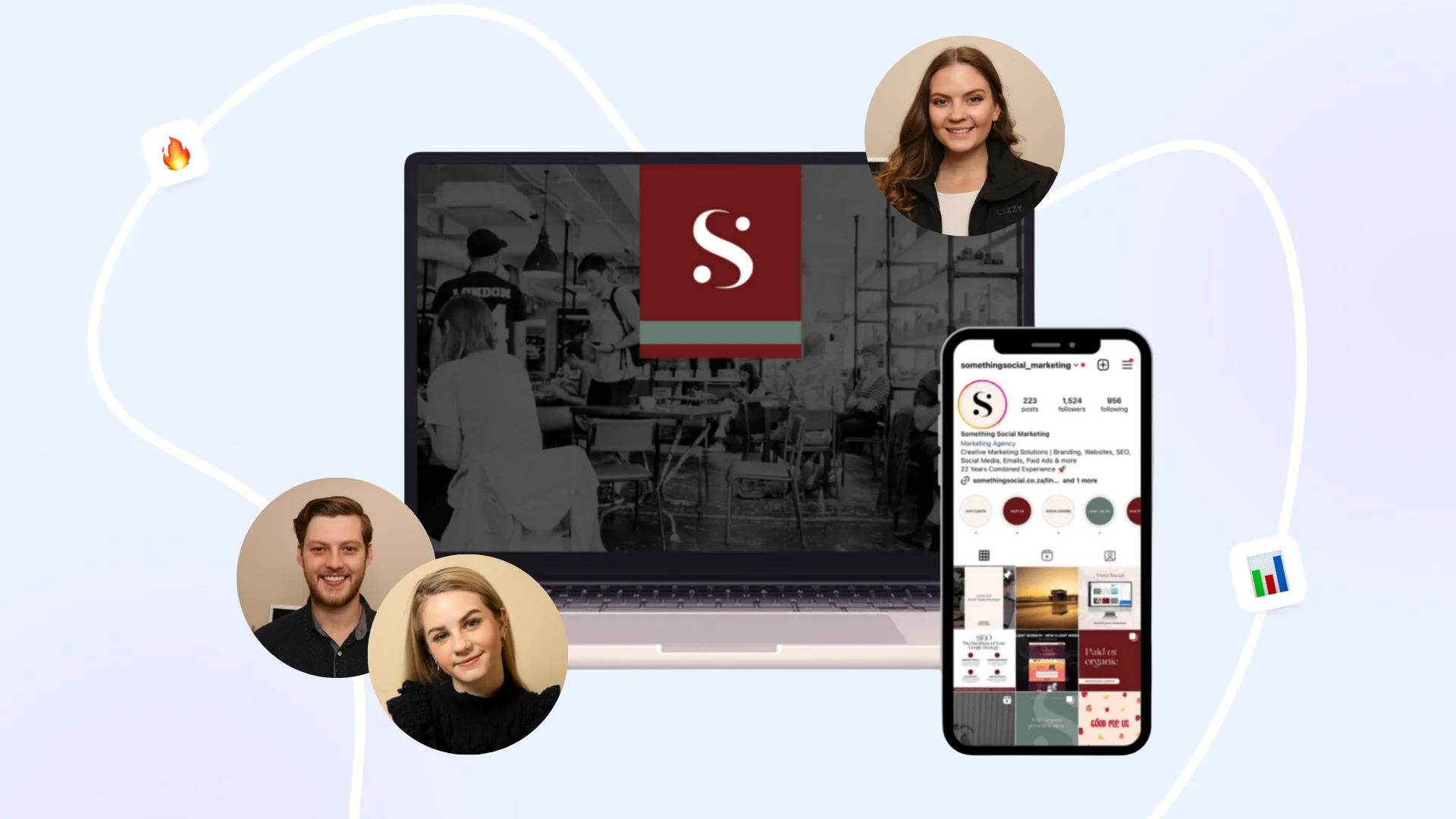
How Something Social Saved 75% of Their Time and Increased Revenue by 15%
See how a fast-growing agency improved operations, cut down hours of manual work, and unlocked new revenue opportunities with Vista Social.
New
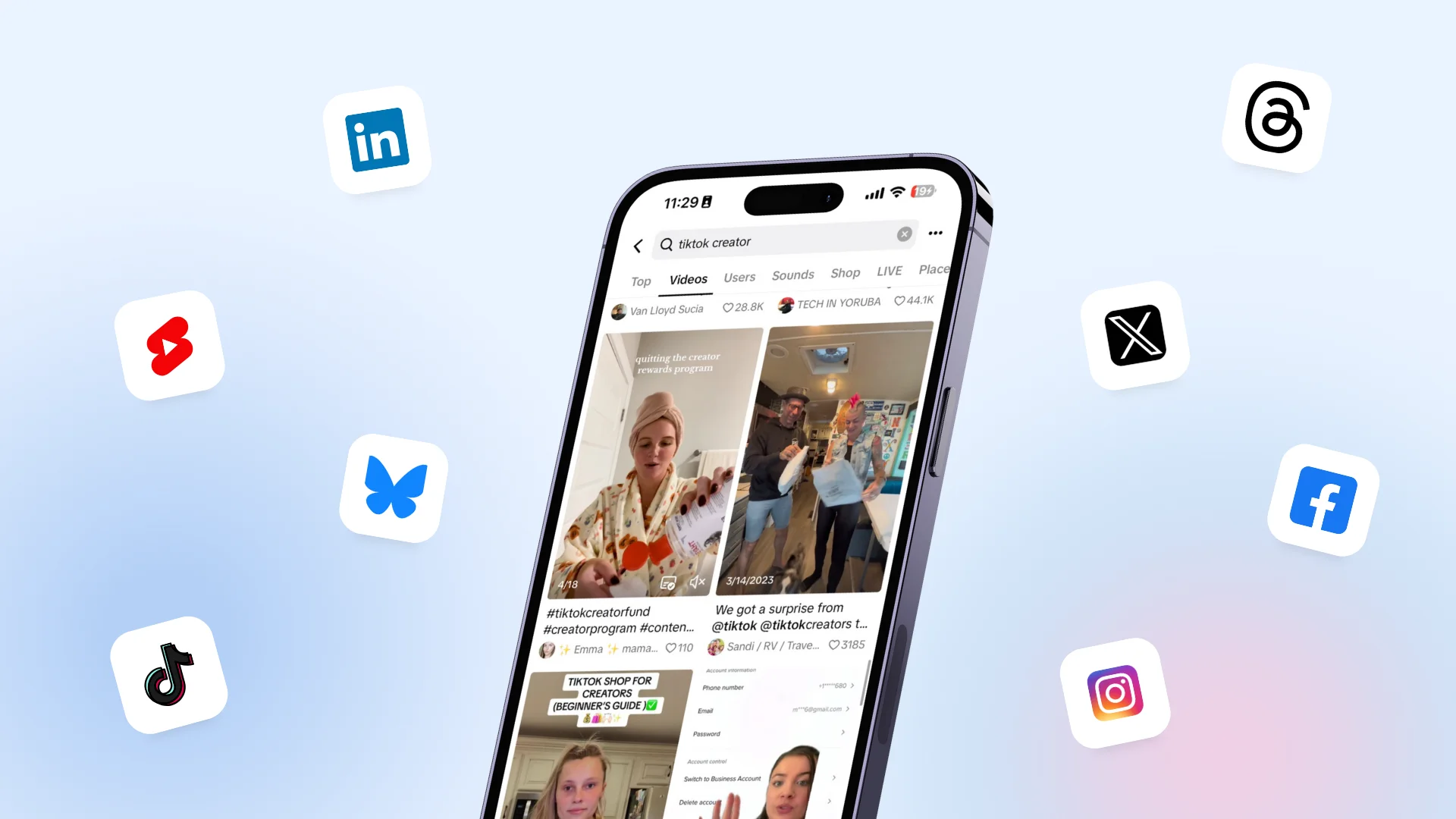
50 Unique Social Media Ideas for Consistent Content Creation
Discover 50 unique social media post ideas to engage your audience, grow your brand, and maintain a consistent content strategy with ease!
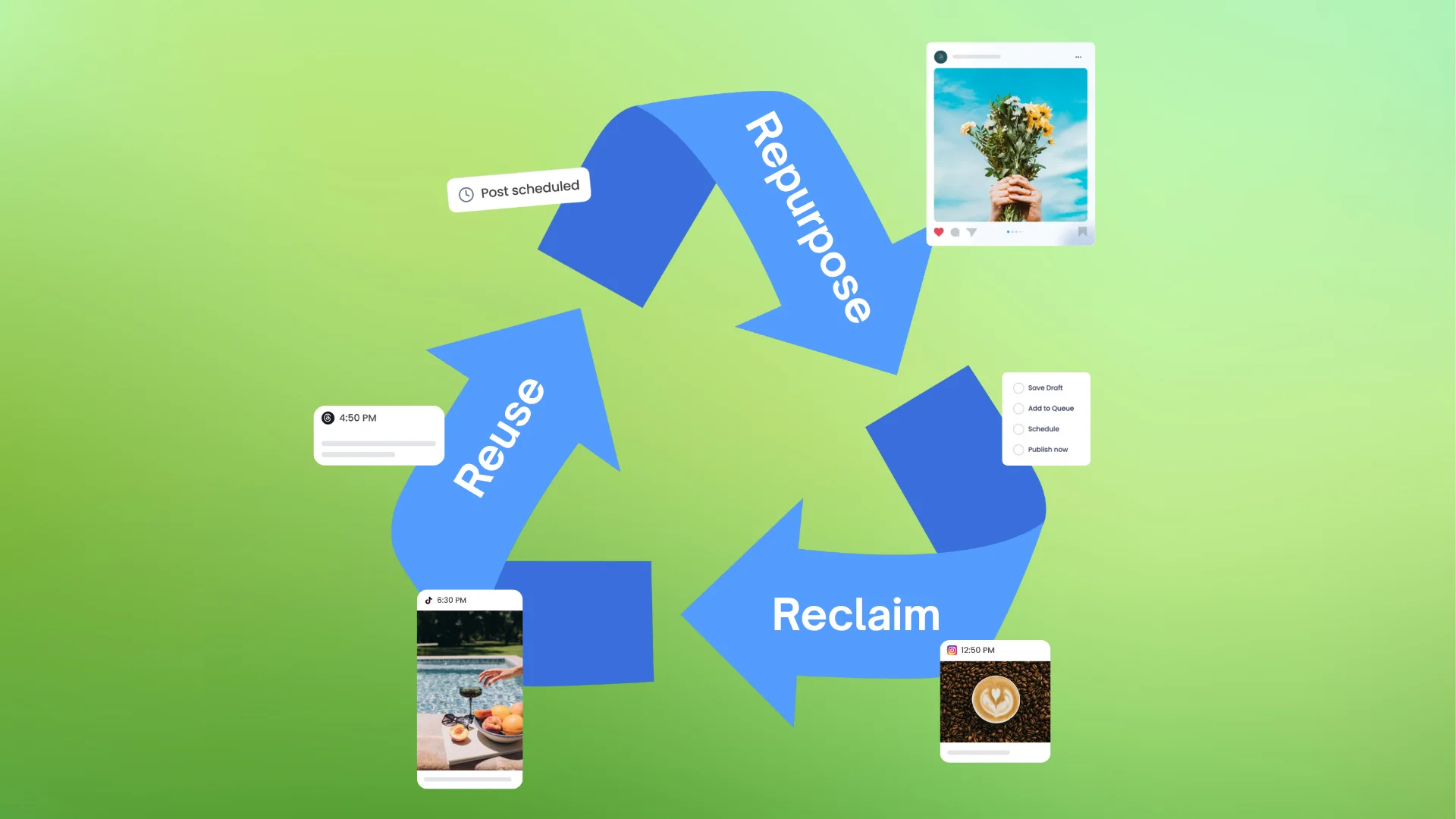
Mastering Content Reuse: The Key to a Consistent and Sustainable Posting Strategy
Published on October 2, 2025
10 min to read
Instagram Friends Map: What Is It & How to Use It
Summarize with AI
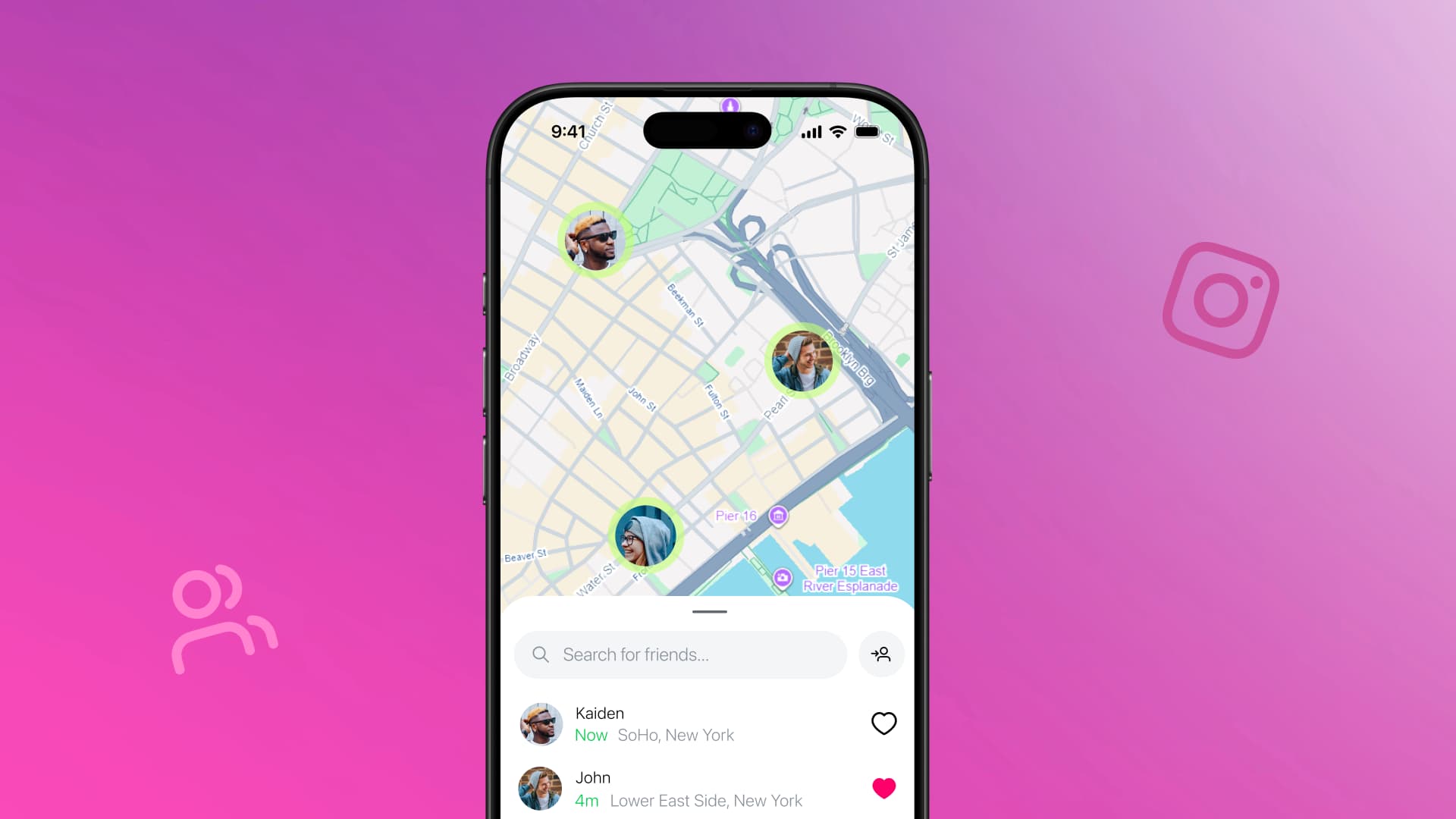

Table of Content

Instagram just rolled out a brand new feature that’s getting a lot of attention—the Instagram Friends Map.
The map lets you see where your friends last used the app, find cool location-tagged content, and share your own location with people you trust. Think of it as Instagram’s version of Snapchat’s Snap Map, but with its own twist.
Currently available in the US (sorry, rest of the world), this optional feature mixes location sharing with content discovery. Your friends can see where you last opened Instagram—but only if you give them permission. You can also check out posts, Stories, and Reels from different places.
But here’s the thing: just because you can share your location doesn’t mean you always should. Businesses and creators especially need to think about the balance between marketing opportunities and privacy concerns.
This guide covers everything you need to know about the Instagram Friends Map. You’ll learn how it works, smart ways businesses can use it, and—most importantly—how to keep your privacy intact while getting the most out of location features.
Table of contents
What is the Instagram Friends Map?
The Instagram Friends Map is a location-sharing feature that shows you where your friends last opened Instagram—if they’ve chosen to share that information with you.
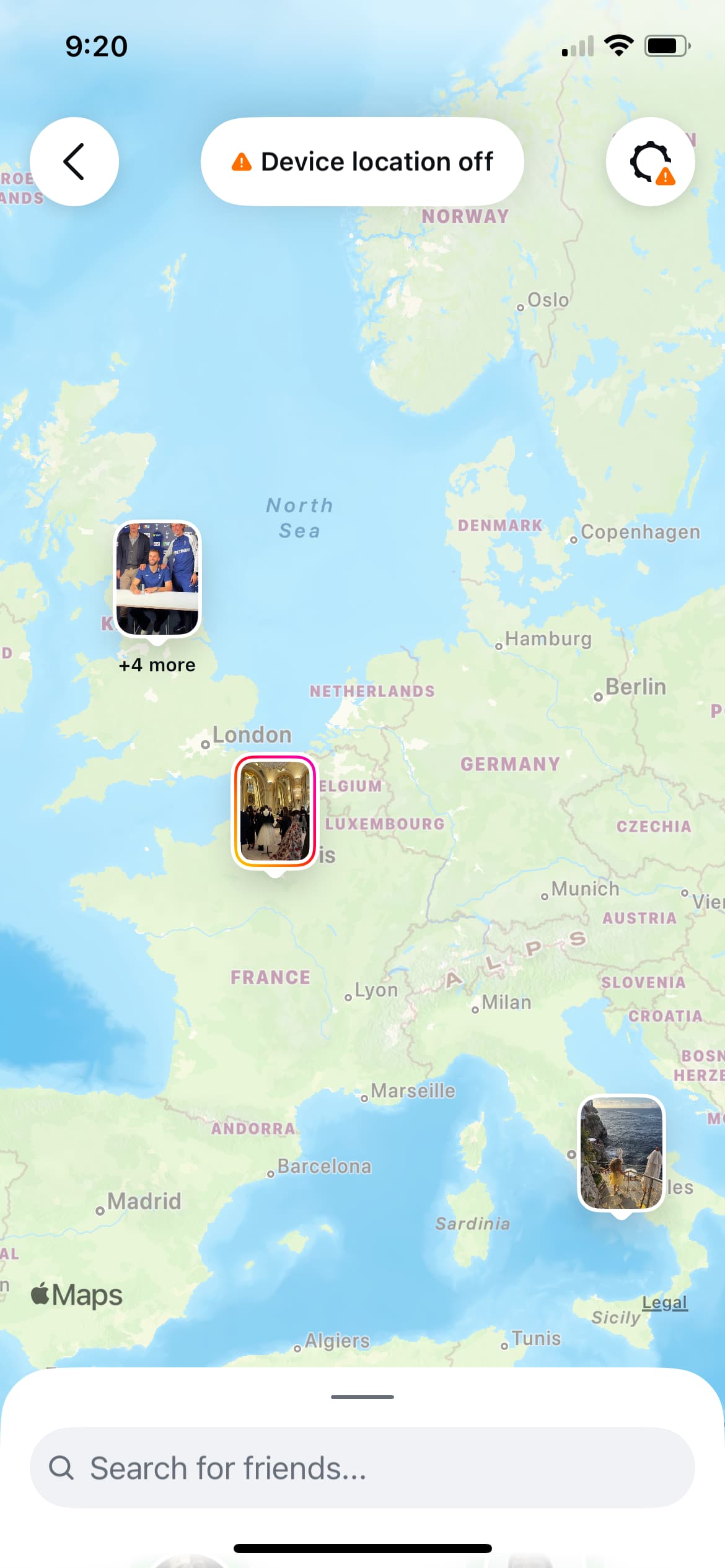
It’s not real-time GPS tracking like Find My iPhone. Instead, it displays the last place someone used the app, whether they were scrolling through their feed or posting a Story.
You access the map through a new icon at the top of your direct message inbox, right next to Instagram notes. Once you tap it, you’ll see a map view with two types of location information:
- Pins showing where friends have opted to share their location
- Location-tagged content from people you follow, including Stories (available for 24 hours), Reels, posts, and notes from your mutuals
Location sharing is completely off by default. Instagram requires double consent before your location becomes visible to anyone. You choose who sees it from three options:
- Followers you follow back (mutual followers)
- Your Close Friends list
- A custom selection of specific people
There’s no option to make your location public, which adds an important layer of privacy protection.
How does the Instagram Friends Map work?
Setting up the Instagram Friends Map takes just a few taps, but understanding how to use it safely matters more than the technical setup. Let’s walk through both the mechanics and the important considerations.
First, navigate to your DM inbox and tap the map icon at the top of the screen.
If this is your first time going to your DMs since the feature released, you’ll see a popup asking if you want to join friends on the map. Otherwise, you can tap on the Map feature next to your Instagram notes at the top of your DMs.
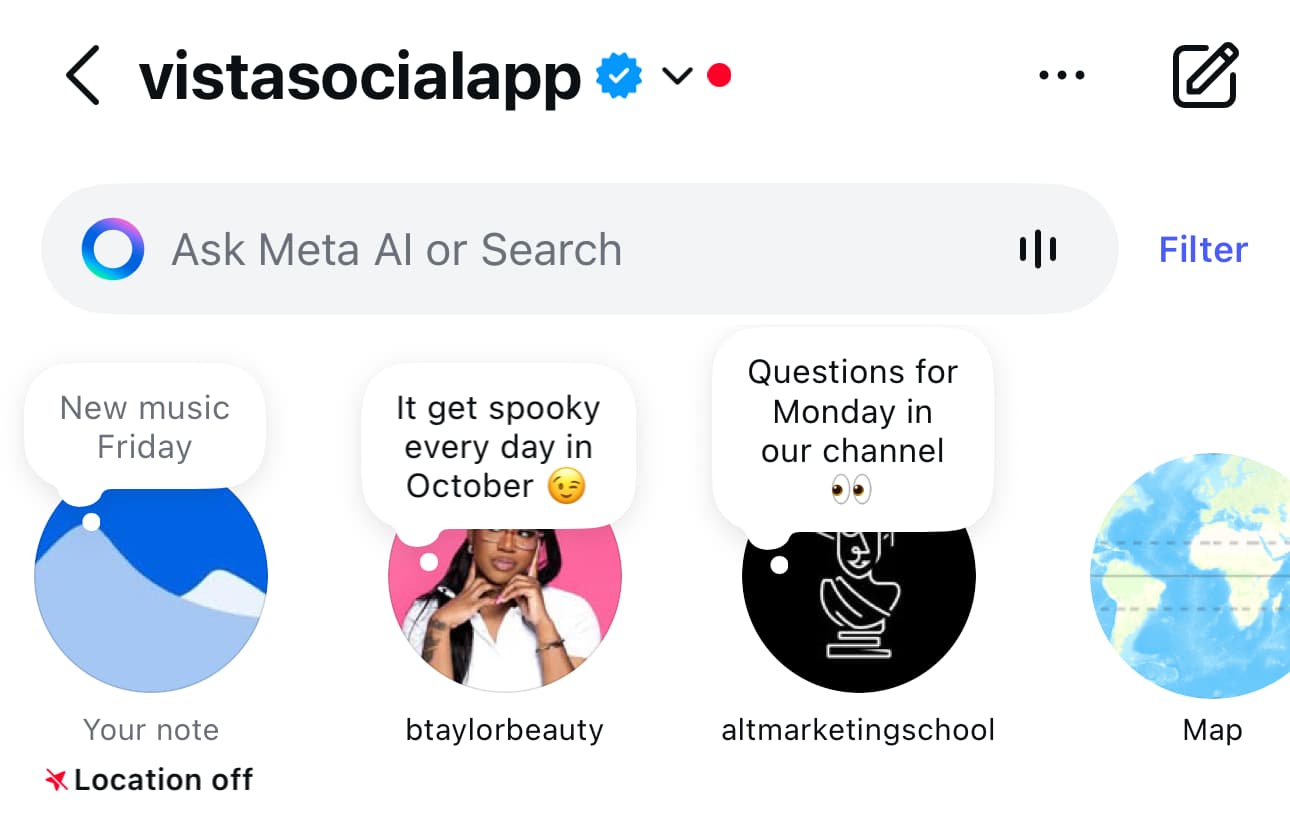
If you choose to share your location, you’ll select your audience: Friends (mutual followers), Close Friends, selected individuals, or no one. Instagram will ask you to confirm your choice—that’s the double consent in action.
Your location updates whenever you open Instagram or return to the app if it’s running in the background. It doesn’t track you continuously or drain your battery with constant GPS updates. If you visit a sensitive location or simply want privacy, you can temporarily stop sharing your location without changing your overall settings.
The safety considerations here are crucial, especially for creators, social media managers, and anyone with a public-facing presence. Think twice before enabling this feature if:
- You manage business accounts where followers might not be true friends
- You want to keep your routine or frequent locations private
- You work from home and don’t want to reveal your address
- You have security concerns about people tracking your patterns
Head of Instagram Adam Mosseri emphasized that location sharing requires explicit consent, but once enabled, friends can see patterns in where you spend time.
How your business can use the Instagram Friends Map
The Instagram Friends Map opens up interesting marketing opportunities, particularly for location-based businesses. However, the key is using it strategically while maintaining appropriate boundaries between your personal and professional presence.
For local businesses
Local businesses have a unique advantage with the Instagram Friends Map. Here’s a smart move: keep an old phone or tablet at your store that’s always logged into your business Instagram with location sharing on. It’s like planting a flag that says “We’re here and we’re open!” without anyone on your team having to share their personal location.
This helps you catch the attention of nearby customers scrolling through the map to see what’s happening around them. When they see your business popping up with fresh content, it tells them you’re active and ready for visitors. You’re not tracking anyone—you’re simply marking your presence in the community.
The map works even better when you post regular location-tagged content. Share Stories about your daily specials, post Reels showing off your space, and ask customers to tag your location when they visit. These posts stick around on the map for 24 hours, giving you free visibility to people checking out your neighborhood.
Building local connections matters more than ever. The Friends Map makes your business easy to find for Instagram users exploring nearby—like being the friendly neighbor who waves from their front porch, except the porch is digital and open 24/7.
For brands and creators
Brands and creators face different considerations with the Instagram Friends Map. The biggest question: should you enable location sharing at all on your professional account? For most, the answer is no—or at least not on your main business profile.
The safety implications are significant. Social media managers and content creators need to protect their personal routines and home locations. If you manage multiple brand accounts or work from home, sharing your location could reveal more than intended. Someone mapping your location over time could determine where you live or work, creating security risks.
If you do use location sharing as a creator, follow these guidelines:
- Use a business account separate from any personal accounts
- Limit sharing to Close Friends who are actual friends
- Never share from your home location
- Disable location sharing during non-business hours or when traveling
Professional versus personal account considerations extend beyond just privacy. A business account showing a home address might confuse customers looking for a physical store. A creator’s personal movements might not align with their brand message.
Best practices and implementation
Implementing the Friends Map strategically requires clear boundaries and consistent practices. Here’s how to do it right:
- Set appropriate privacy boundaries for your business
- Decide who should have access to your location, if anyone
- Document this decision in your social media policy
- Review and update settings regularly
If you have team members managing your Instagram account, make sure they know the location sharing rules. They need to know when to turn it on or off, which locations are okay to share, and how to answer customer questions about it. Think of it as the “don’t accidentally reveal our home address” training—pretty important stuff.
Managing customer expectations matters too. If you’re using the map feature, tell your followers how and when you share your location. Be upfront about why you’re on the map (or why you’re not). This honesty builds trust and prevents the “Why can’t I find you on the map?” messages from flooding your DMs.
Vista Social makes location-based content way easier to handle. You can schedule posts with location tags, plan content around local events, and stay consistent—all without the panic of posting in real-time. The platform’s content calendar lets you organize everything by location, so you can balance map visibility with your overall Instagram strategy.
Try Vista Social for Free
A social media management platform that actually helps you grow with easy-to-use content planning, scheduling, engagement and analytics tools.
Get Started NowAlternative location-based marketing strategies
The Instagram Friends Map isn’t the only—or even the best—location marketing tool for many businesses. Traditional location tags and geotags remain powerful for reaching local audiences without the privacy concerns of live location sharing.
Instagram location tags work differently than the Friends Map. When you add a location tag to a post or Story, it becomes discoverable to anyone searching that location, not just your friends. This means broader reach for local businesses and is one of the most effective organic reach strategies on Instagram.
Google My Business optimization complements your Instagram location strategy. When someone searches for businesses near them, your Google listing appears first. Make sure your Google profile is complete, accurate, and links to your Instagram. This creates multiple touchpoints for local discovery without requiring anyone to share their live location.
Local hashtag strategies expand your reach even further. Research popular hashtags in your city or neighborhood and use them consistently. Mix broad location hashtags like #NYCEats with specific neighborhood tags like #WilliamsburgFood.
Vista Social’s content planning tools help you organize hashtag sets for different locations, making it easy to maintain consistency across your posts.
The beauty of these strategies is they provide location-based marketing without the complexity or privacy concerns of the friends map. You control exactly what you share and when, without committing to continuous location updates.
Measuring your success
Location-based marketing only works if you measure what matters. Track local discovery and engagement metrics to understand whether your location strategies are driving real results for your business.
Start with Instagram Insights to see how many people discover your content through location tags. Track these key metrics:
- How many people discover your content through location tags
- Which locations drive the most profile visits
- Which geographic areas your followers come from
- Engagement rates on location-tagged versus non-tagged posts
This baseline data tells you whether your local marketing efforts are reaching the right audience.
ROI of location-based marketing efforts goes beyond vanity metrics like views and likes. Track actual business outcomes:
- Foot traffic increases to your physical location
- Local coupon redemptions from Instagram campaigns
- Mentions of “I found you on Instagram” from customers
- Sales attributed to local campaigns and promotions
- Consultation requests from people in your target area
For service businesses, these tangible metrics matter more than engagement numbers.
Vista Social’s analytics make tracking location-based performance simple. The platform shows you which location-tagged posts work best, when your local audience is online, and how your location content compares to your other Instagram posts.
These insights help you improve your strategy without having to gather data from different places yourself.
Instagram Friends Map safety guidelines
Safety should be your top priority when using any location-sharing feature. The Instagram Friends Map offers privacy controls, but you need to use them wisely to protect yourself and your business.
Privacy settings and control options give you granular control over who sees your location. Review these settings regularly, not just when you first set up the feature. Your comfort level with sharing might change, or you might want to remove people from your sharing list as relationships evolve.
Understanding data sharing implications means knowing what Instagram does with your location data. While the company states that location is only visible to people you explicitly choose, location data becomes part of Instagram’s broader data collection.
This data can inform ad targeting and content recommendations. Read Instagram’s privacy policy to understand the full picture.
Protecting sensitive business information extends beyond your personal safety. If you manage Instagram for a business, consider what location data might reveal about operations, supplier relationships, or business partners. A pattern of visits to certain locations could unintentionally reveal business strategies or partnerships not yet public.
Guidelines for team members and employees should be formalized if multiple people manage your Instagram presence. Create clear policies covering:
- Who can enable location sharing on company accounts
- What locations are appropriate to share publicly
- What to do if someone accidentally shares a sensitive location
- How to handle customer questions about location features
Include these guidelines in your social media policy and review them during onboarding.
When to enable or disable location sharing depends on your situation. Here’s a quick guide:
Enable location sharing when:
- You’re at public business events or conferences
- You’re hosting open houses or grand openings
- You’re attending industry events where networking matters
- You want to show you’re actively at your business location
Disable location sharing when:
- You’re working from home
- You’re traveling for personal reasons
- You’re visiting clients who value privacy
- You’re at sensitive business meetings or negotiations
Legal considerations for business location sharing vary by region and industry. Some industries have regulations about tracking employee locations or sharing client visit information.
What is the future of location-based social media marketing?
Location-based marketing is changing fast, and Instagram’s Friends Map is just the start. Knowing what’s coming next helps you stay ahead of the game.
New location features are getting smarter and more private. We’ll probably see AI suggest locations for you, augmented reality experiences at real places, and easier ways to shop at local businesses through social media. Instagram might let you save location-based Stories as highlights or help people discover businesses directly on the map.
Privacy laws will change how these features work. Europe’s GDPR already limits how companies can collect and use your location data. As more countries create similar laws, Instagram will need to balance new features with following the rules. Expect better privacy controls and clearer explanations about how your location data gets used.
Stay ready for new features by keeping up with Instagram’s updates. Follow their official announcements, watch for new test features, and be willing to change your strategy as things evolve. Location features are becoming more important for businesses, so it’s worth learning about them now.
Instagram Friends Map: Key takeaways and next steps
Instagram’s Friends Map helps people connect instead of just scrolling. For businesses, it creates chances for local marketing and community building. But you need to use it carefully. Before turning on location sharing, ask yourself: does this help my business without risking my safety or my team’s safety?
The Friends Map is optional. Instagram asks you to agree twice before anyone sees your location. It works best for local businesses with actual stores or offices who want to connect with nearby customers. Remember: your safety is more important than any marketing win. If you’re a creator or manage social media accounts, protecting your personal information comes first.
Regular location tags often work better and come with fewer risks. These basic tags help people find you without sharing your live location. No matter which method you pick, track your results to see what actually helps your business.
You don’t need to make location-based Instagram marketing complicated or risky. Vista Social helps you schedule posts with location tags, see how they perform in different areas, and stay consistent—all without real-time posting or privacy worries.
Try Vista Social free for 14 days. See how much easier Instagram marketing gets when you have the right tools backing you up.
About the Author
Content Writer
Russell Tan is a content marketing specialist with over 7 years of experience creating content across gaming, healthcare, outdoor hospitality, and travel—because sticking to just one industry would’ve been boring. Outside of her current role as marketing specialist for Vista Social, Russell is busy plotting epic action-fantasy worlds, chasing adrenaline rushes (skydiving is next, maybe?), or racking up way too many hours in her favorite games.
Read with AI
Save time reading this article using your favorite AI tool
Summarize with AI
Never Miss a Trend
Our newsletter is packed with the hottest posts and latest news in social media.
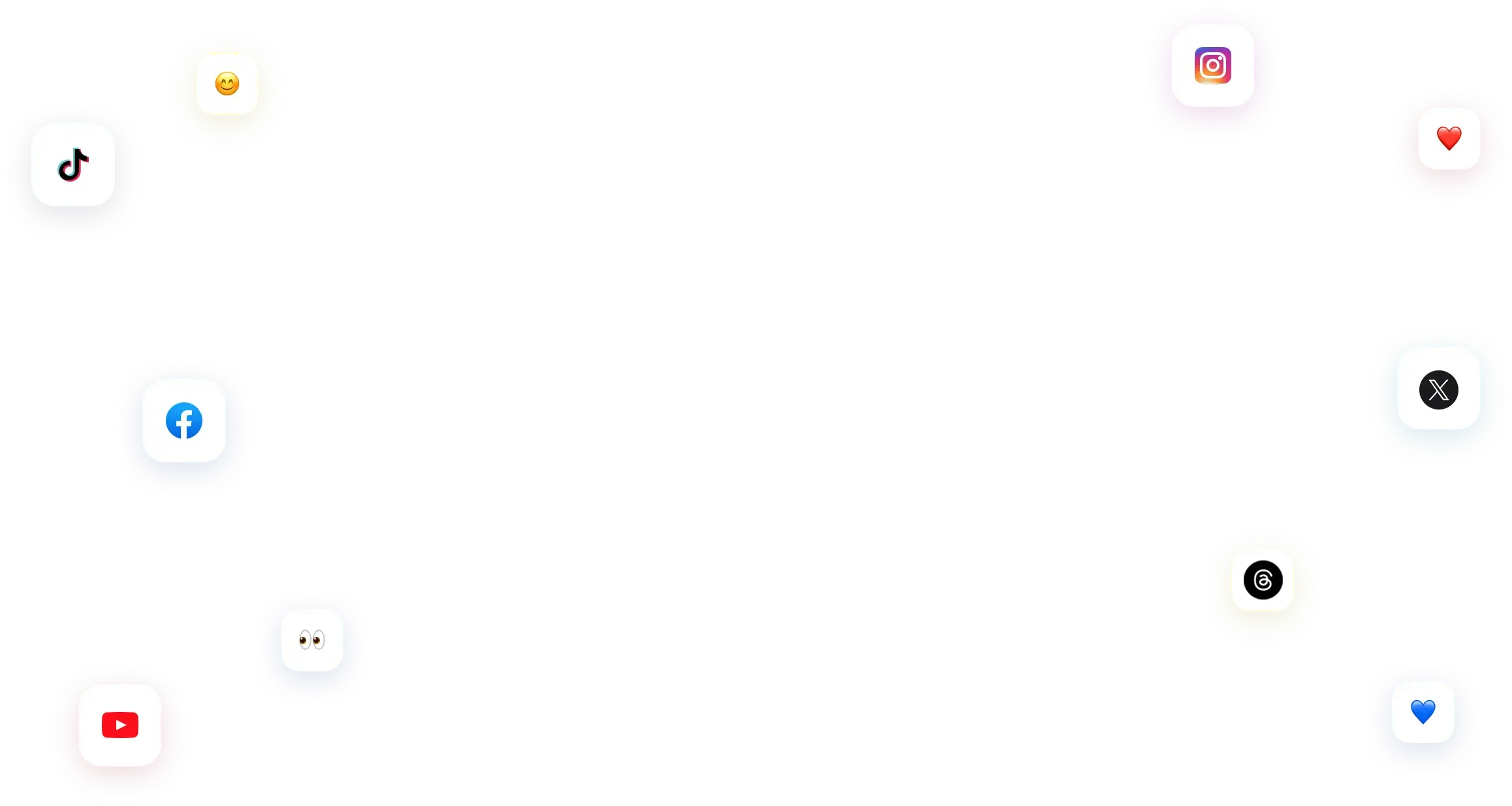
You have many things to do.
Let us help you with social media.
Use our free plan to build momentum for your social media presence.
Or skip ahead and try our paid plan to scale your social media efforts.
P.S. It will be a piece of cake 🍰 with Vista Social
Subscribe to our Newsletter!
To stay updated on the latest and greatest Social Media news. We promise not to spam you!
